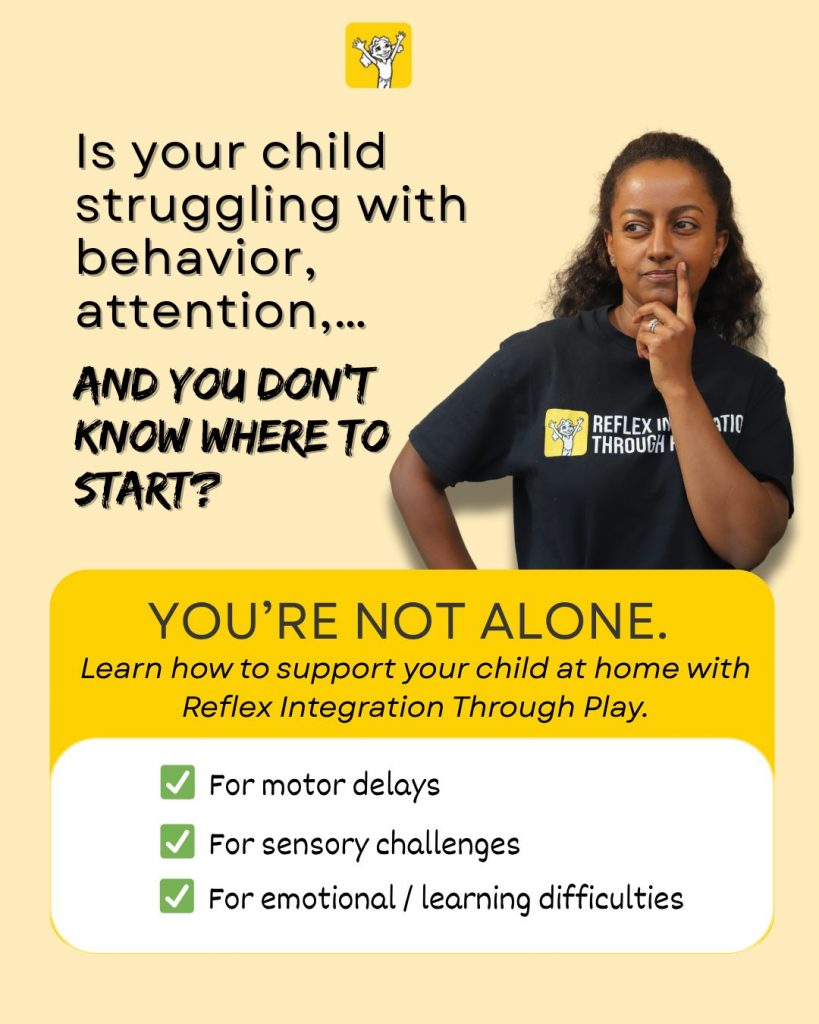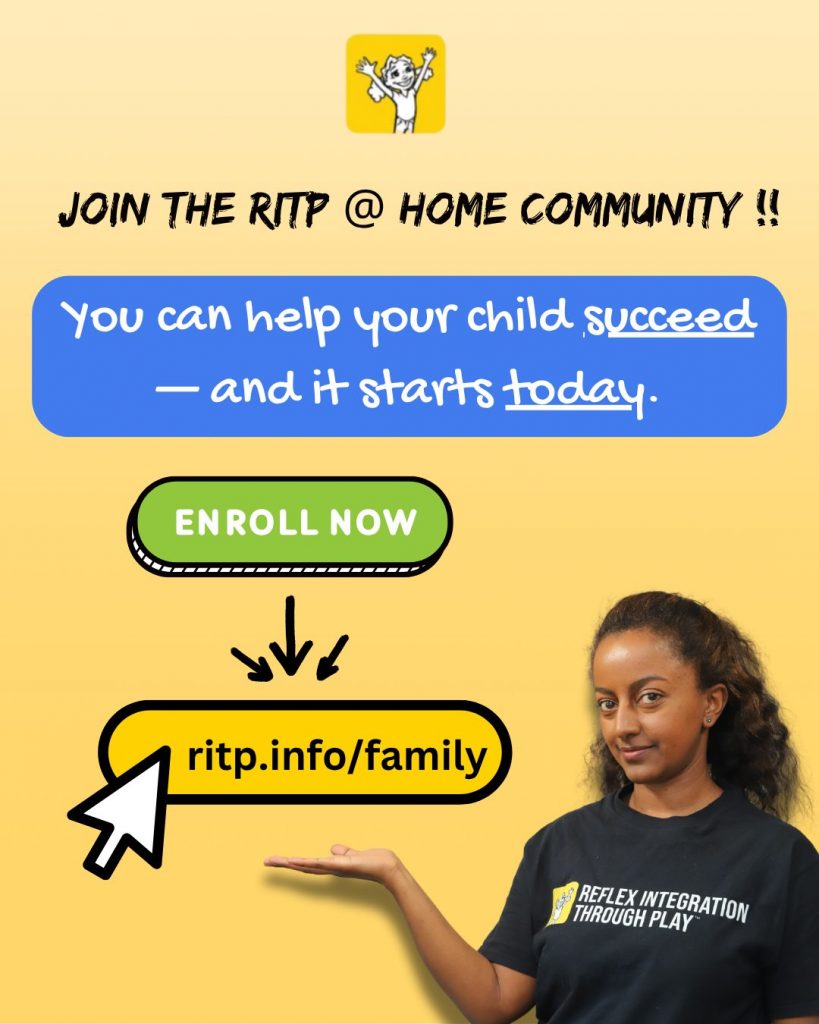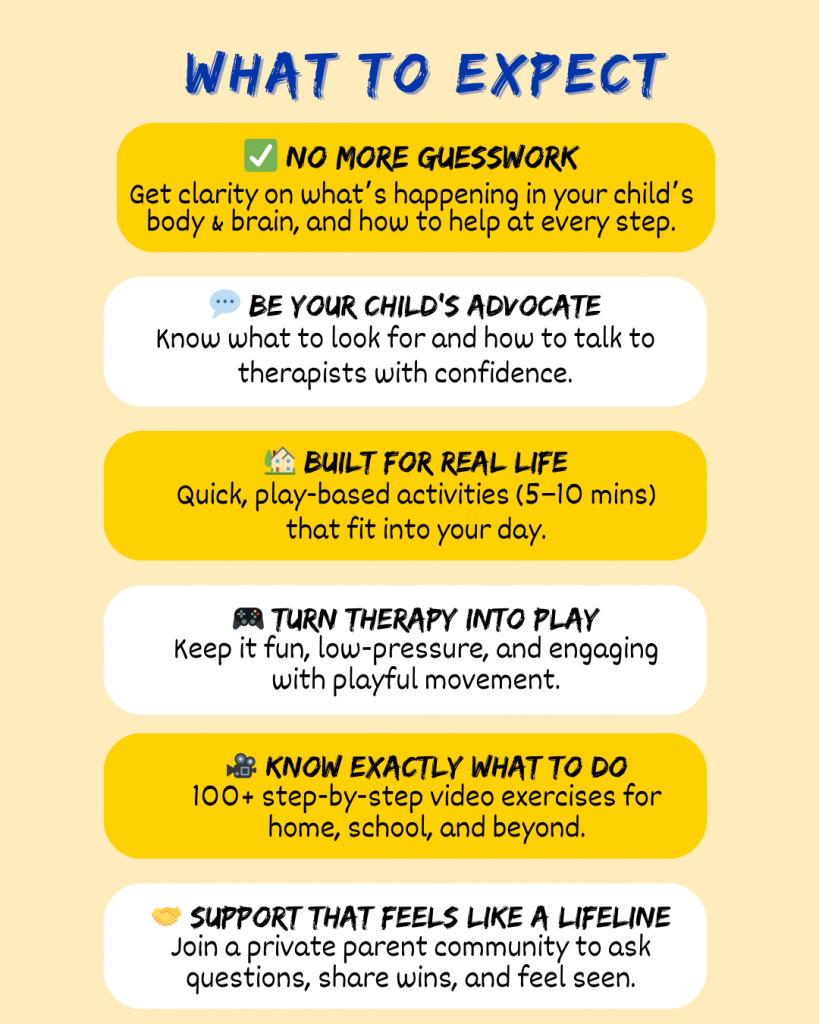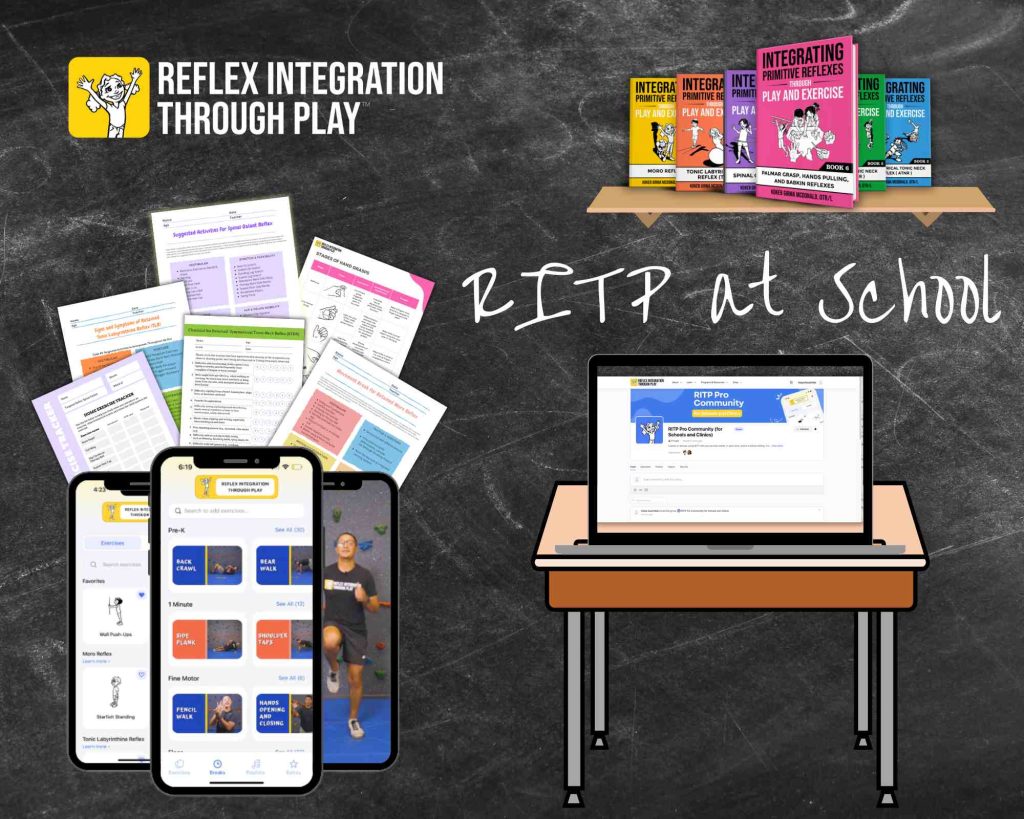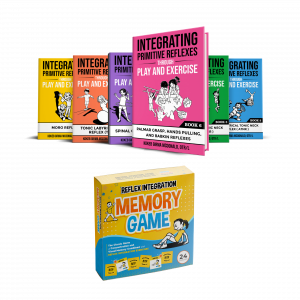This is Part 1 of the Creating an At-Home Program series.
In our clinical practices and homes alike, we often jump straight to solutions. A child struggles with handwriting, so we practice letter formation. They have meltdowns during transitions, so we create visual schedules. While these interventions help, they may miss the underlying developmental patterns that, when addressed, can create lasting change.
The truth is, behavior is communication. That child who can’t sit still during circle time, the one who avoids playground equipment, or the student whose handwriting deteriorates after the first sentence: they’re all telling us something important about how their nervous system is developing.
Whether you’re a clinician guiding families or a parent seeking answers, understanding a child’s unique behavior is the critical second step in determining whether an effective at-home reflex integration program is needed.
4 Key Pillars Determine the Need for Reflex Integration Therapy
When assessing whether retained primitive reflexes might be impacting function, we need to look beyond isolated skills and look at the child’s behavioral patterns as a whole. There are 4 key areas that indicate it’s time to start reflex integration therapy:
1. Gross Motor Skills Like the ANTR Reflex
Watch how your child moves through spaces: Do they avoid certain movements? Struggle with bilateral coordination? Have difficulty with activities that involve balance?
Retained primitive reflexes often show up as:
- Difficulty crossing midline during play or self-care tasks
- Poor core stability or a “W-sit” preference
- Challenges with activities requiring rhythm and timing
- Avoidance of climbing, jumping, or vestibular input
Taking note of these behavioral patterns help to guide a reflex assessment and provide confirmation that a child isn’t being difficult. Their nervous system might be working harder to accomplish what looks effortless for other children.
2. Palmar Grasp & Fine Motor Skills
Hand skills tell us a lot about neurological maturity. Is pencil grasp awkward despite practice? Does your child fatigue quickly during coloring or cutting? Do buttons and zippers remain mysteriously difficult year after year?
Consider how retained reflexes might be impacting:
- Hand dominance and bilateral coordination
- Visual-motor integration during writing tasks
- Grasp patterns and grip strength
- Frustration tolerance during tabletop activities
3. Visual Skills
Visual challenges related to retained reflexes often fly under the radar. Your child may have perfect acuity but struggle with:
- Tracking lines of text without losing their place
- Copying from the board
- Judging distances during ball play
- Tolerating busy visual environments
These aren’t “vision problems” in the traditional sense. They’re signs that the visual system may be working overtime to compensate for incomplete reflex integration.
4. Cognitive and Social Skills
Executive function challenges, attention difficulties, and social struggles can all have roots in retained reflexes. When a child’s nervous system is constantly working to maintain basic postural control or process sensory information, there’s less bandwidth for:
- Flexible thinking and problem-solving
- Regulating emotions during challenges
- Reading social cues and navigating peer interactions
- Sustaining attention on non-preferred tasks
Teamwork Helps When Integrating Primitive Reflexes
Aligning your expectations with true developmental milestones is what separates effective observation from endless worry. Therapists sometimes forget that parents don’t inherently know what’s typical at each age, and parents are bombarded with social media highlight reels that distort perception of “normal” behavior.
Understanding developmental progression helps us:
- Recognize when a skill gap represents a true delay versus a variation
- Set realistic, achievable goals that build confidence
- Identify patterns that suggest retained reflexes versus other factors
- Celebrate progress that might otherwise go unnoticed
You Noticed Reflex Patterns…Now Take Action
Understanding a child’s developmental profile isn’t about labeling or diagnosing. It’s about using this new perspective to create a roadmap. When connecting the dots between retained reflexes and everyday challenges, we can then:
- Select exercises that target root causes, not just symptoms
- Explain to your child (in age-appropriate ways) why certain things feel hard
- Advocate effectively with schools and other providers
- Track meaningful progress beyond academic performance
- Approach challenges with compassion rather than frustration
Whether you’re a therapist building a program for a client or a parent committed to supporting your child at home, detailed observation is the starting point; spend the next week watching with fresh eyes and privately take notes when noticing certain behavior. Notice patterns. Ask questions. Resist the urge to immediately fix, and instead seek to understand.
Become a child’s educated advocate and lasting change becomes possible.
✨ Try the RITP App for a free 3-day trial.
📚 Learn more and explore resources at ritp.info/shop
🎧 Listen to Episode 39 now to explore how to identify how to identify if a child would benefit from reflex integration therapy, behavior to look out for, and the steps to take after reflex observation.
Episode Breakdown:
00:00 Introduction to At-Home Program Series
00:27 Understanding Your Child’s Developmental Challenges
01:05 Collaborating with Specialists
02:03 Key Areas to Observe in Your Child
06:14 Connecting Observations to Reflex Patterns
10:53 Final Thoughts and Next Steps
And don’t forget to check out the RITP App for step-by-step guidance and progress tracking.
Parents: Are you tired of daily struggles with focus and attention, homework meltdowns, or motor delays?
The RITP Family Bundle helps kids move better, focus longer, and feel calmer — all through simple, play-based exercises that fit into real life.

